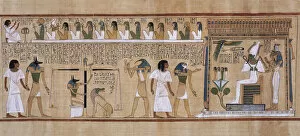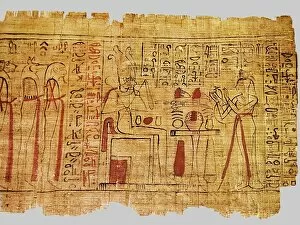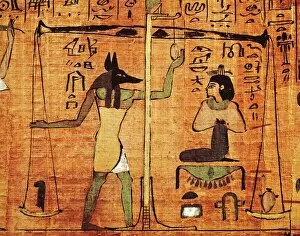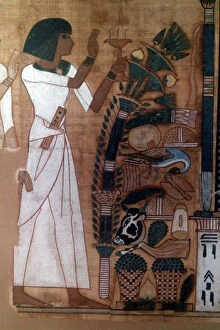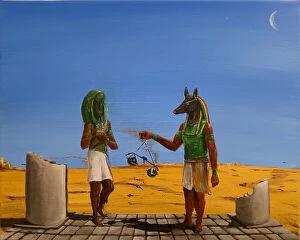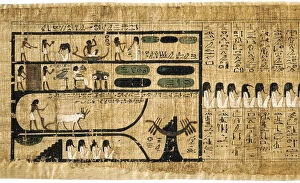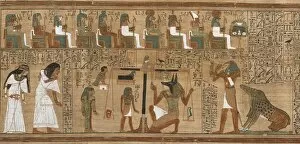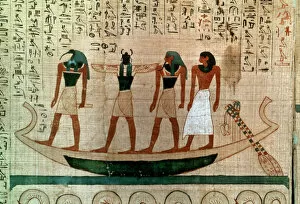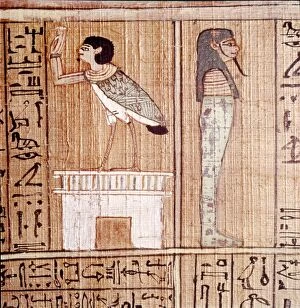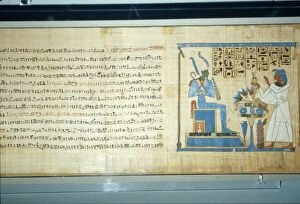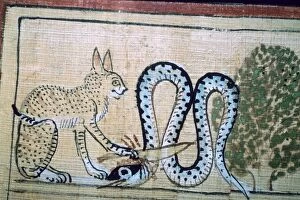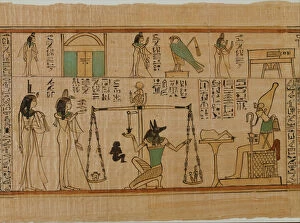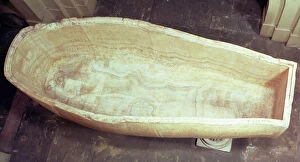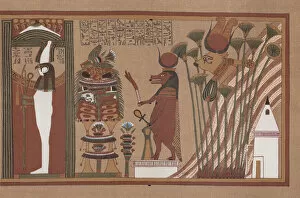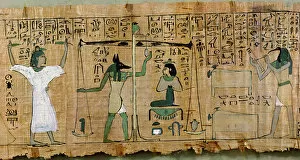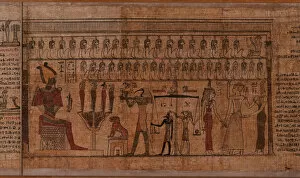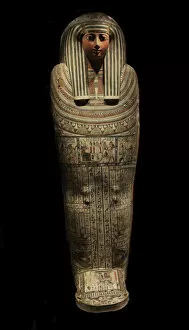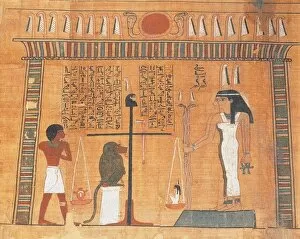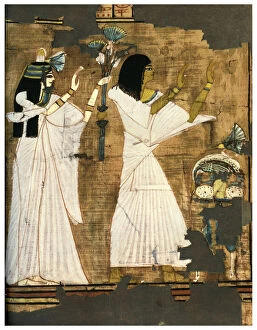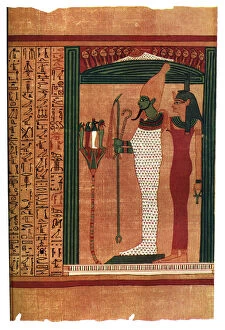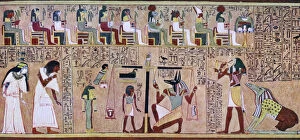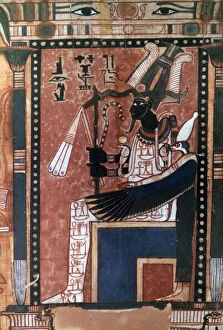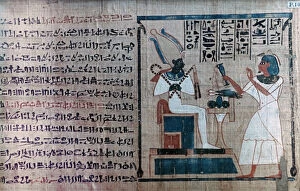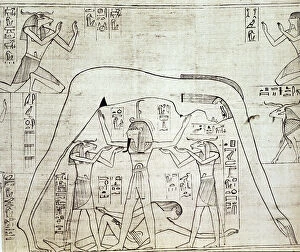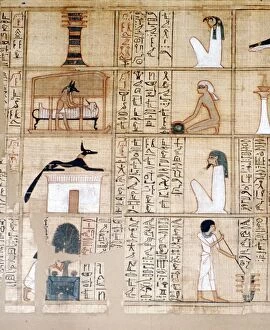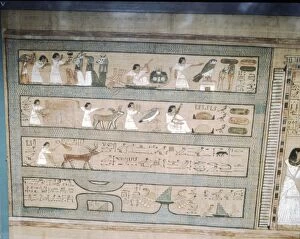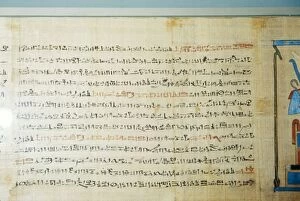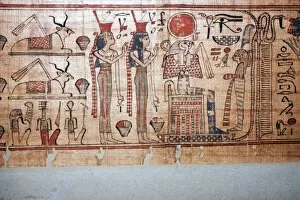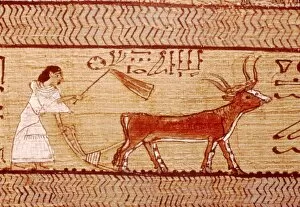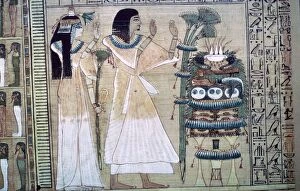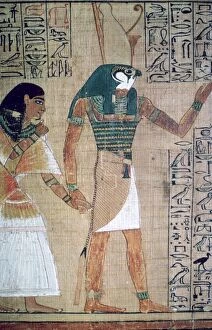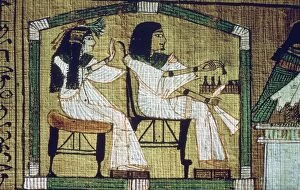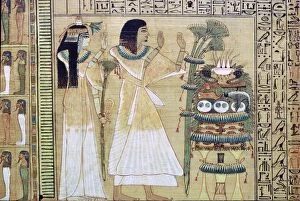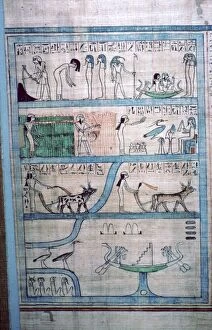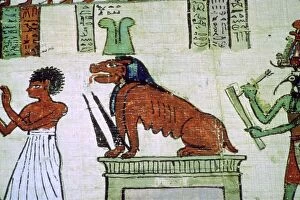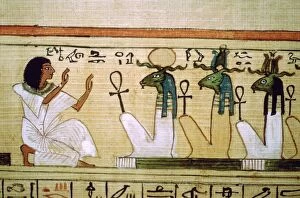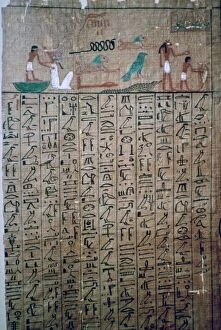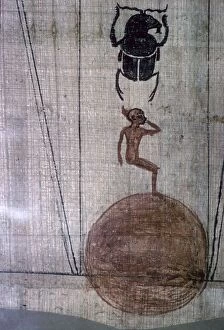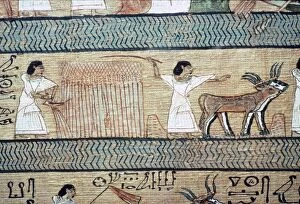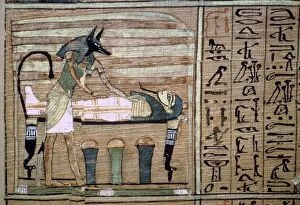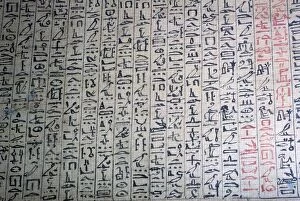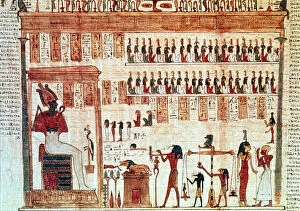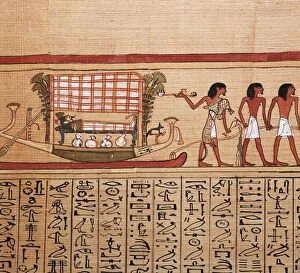Book Of The Dead Collection
"The Book of the Dead: A Journey into Ancient Egyptian Afterlife" Step back in time to ancient Egypt with the captivating "Book of the Dead
For sale as Licensed Images
Choose your image, Select your licence and Download the media
"The Book of the Dead: A Journey into Ancient Egyptian Afterlife" Step back in time to ancient Egypt with the captivating "Book of the Dead. " Dating back to approximately 1450 BC, this collection of texts and illustrations offers a fascinating glimpse into the beliefs and rituals surrounding death and the afterlife. Also known as the Egyptian Book of the Dead, it was not actually a book in its traditional sense but rather a compilation of spells, prayers, and instructions intended to guide souls through their journey in the underworld. One notable example is "The Book of The Dead of Hunefer, " which provides intricate details about burial practices during that era. Amongst these ancient papyri lies an enchanting scene depicting Anubis presiding over psychostasy - weighing souls on one side while Ma'at's feather balances on another. This symbolic representation highlights Egyptians' belief in judgment after death based on moral conduct during life. Another striking illustration features a soul-bird accompanying a mummy within "The Book of The Dead" belonging to Ani from Thebes around 1250 BC. This vivid imagery showcases their belief in preserving both body and spirit for eternal existence. Not limited to human figures alone, this mystical text also portrays Ra's cat slaying Apophis, symbolizing good triumphing over evil. Such depictions reveal how deeply intertwined religion and mythology were within ancient Egyptian culture. Venturing further into Luxor's Valley of Queens brings us face-to-face with Nefertari's tomb annexed by her antechamber. Within these sacred walls lie scenes depicting Osiris overseeing heart-weighing ceremonies - an essential part of determining one's fate beyond death. Delving deeper into funerary customs, we encounter Nanys Funerary Papyrus from 1050 BC. Painted with vibrant colors on papyrus, it illustrates Amun-Nany singing hymns dedicated to his departed loved ones, showcasing the importance of music and prayer in honoring the deceased.

